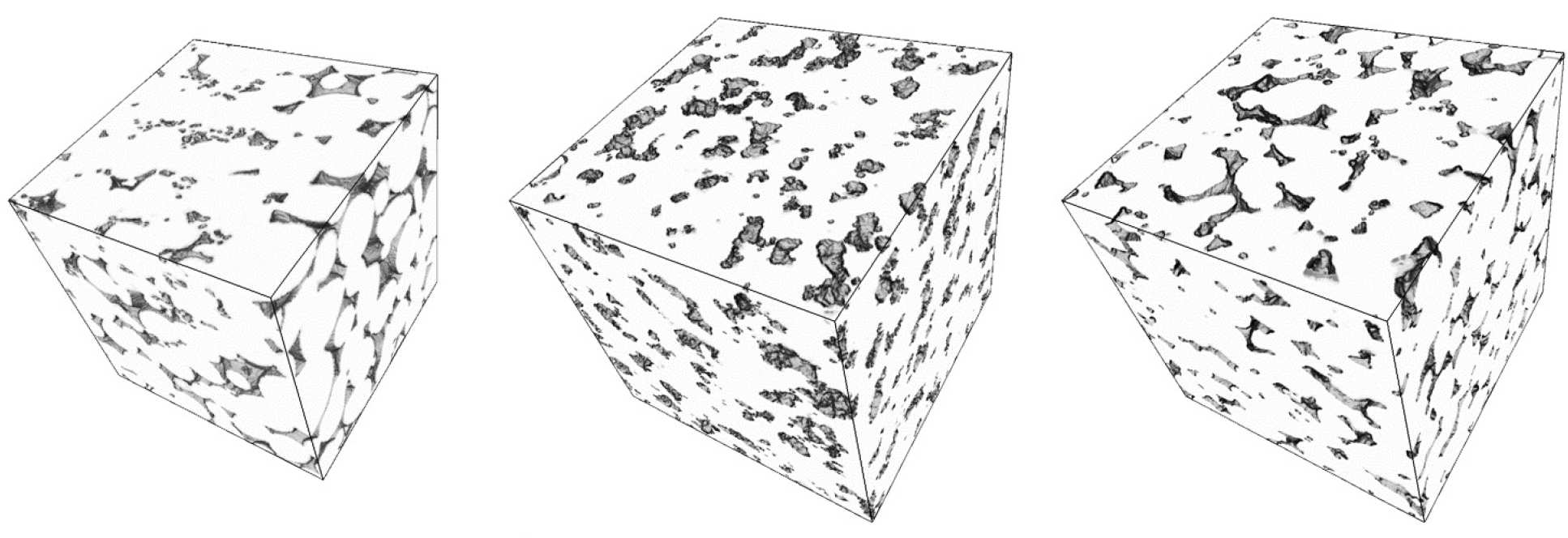Machine Learning to develop a model of rock
 Professor Olivier Dubrule, module leader, Applied Computational Science and Engineering MSc, Imperial College London
Professor Olivier Dubrule, module leader, Applied Computational Science and Engineering MSc, Imperial College London
I build models of petroleum reservoirs in three dimensions, and I quantify the uncertainty attached to these models.
The methods I use can be based on Geostatistics or on Deep Learning, and I generate models at all scales, from micron to kilometre scale, using all the data available, including well data, seismic or production data.
This is a fast-growing field, where research uses the latest technology in Machine Learning, Image Analysis, Bayesian Approaches and Stochastic Systems. Applications are varied, and extend to Mining, Environment, Materials, or Climate Science.
The micro-CT scanner, located at Imperial College London, allows us to image the inside of the rock at the micron scale, without having to cut up the sample. To develop a model of rock using Machine Learning, I use these micro-CT images as a training set, from which the Deep Learning algorithm based on convolutional neural networks “learns” the porous media architecture. Then I use Generative Adversarial Networks to generate stochastic three-dimensional images reproducing the pattern learnt by the neural networks.
Below: The left image is a micro-CT image of a real piece of porous rock from the Ketton limestone (the cube is about 1mmx1mmx1mm). The right hand side image is the one obtained using Deep Learning tools, more specifically Gaussian (middle) and Generative Adversarial Networks (right).

Models produced by Lukas Mosser and Thomas Le Blévec, PhD students in the Department of Earth Science and Engineering at Imperial College London. github.com/LukasMosser/PorousMediaGAN.


